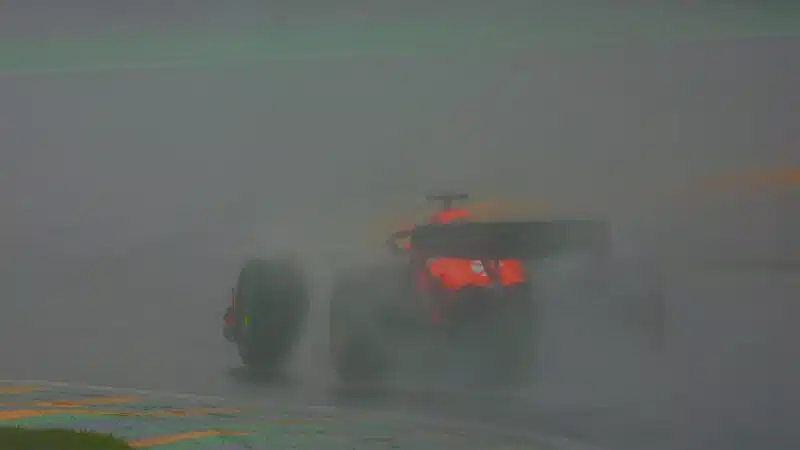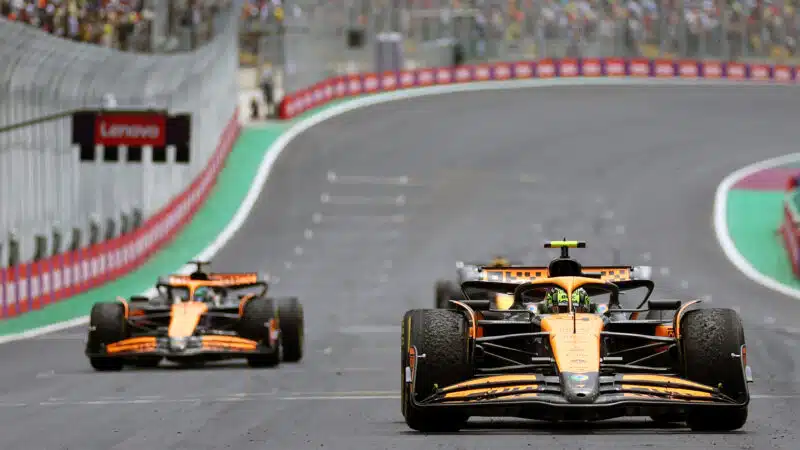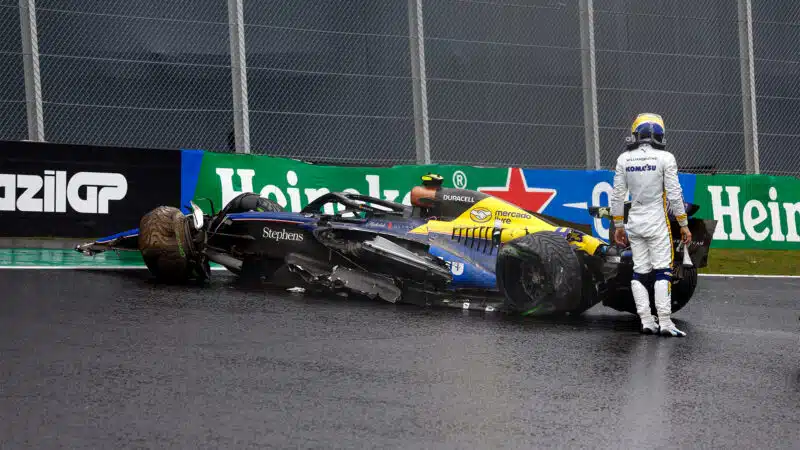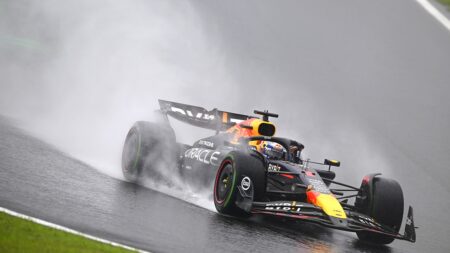I was in Belgium in 2021 when the lack of flexibility looking at the weather forecast led to the farcical scenes where just two laps took place behind a safety car and it constituted a race. It was an embarrassment, and thankfully hasn’t been repeated.
Making a quick decision on moving the whole race earlier on Sunday to ensure the best chance for it to take place was a good call that should not be underestimated. The impact was massive — on broadcasters, support staff, FIA, F1, teams, drivers and fans — and the 4.30am alarms that many had on the final day of a gruelling triple-header was a big ask.
The number of crashes show how challenging the track was even when the weather had improved, and how important it was to get started as early as they did. At the end of the weekend, the focus is on the sporting impact of the result on the championship, and that’s how it should be, but also don’t forget the financial, physical and mental cost on many of the teams that sustained significant damage.
Magnussen’s momentum stunted
News of Kevin Magnussen’s sickness on Friday morning was a real blow to a driver and team that had been absolutely flying recently.
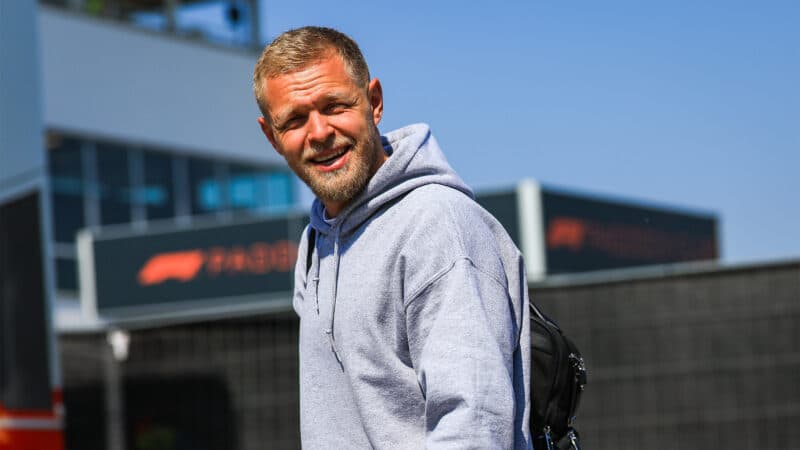
Magnussen was sidelined for the entire Sao Paulo GP weekend due to food poisoning
Getty Images
Magnussen was philosophical after Mexico City, where he delivered what Ayao Komatsu described as his best drive at Haas to finish seventh. There was clear pride, but also the bittersweet emotion of the fact that he is leaving the team at the end of the season just as it is building something exciting. The Dane has been a major part of Haas’ history, and more performances like Mexico City — and Austin for that matter, as the team’s strategy let him down on race day — would have given him a better chance of staying put.
Magnussen is not understood to be seriously in the frame for the vacancy at Sauber, but the fact that his name was being mentioned in reference to it shows how well he has performed since returning from his recent suspension. And to have that momentum halted by his sickness was tough.
Komatsu has been so impressed with Magnussen recently that he was willing to see how his condition improved — and how Bearman fared on a track he had no experience of — before making a decision for qualifying and the race itself.
We might be about to witness the final three races of Magnussen’s F1 career, and hopefully the latest absence won’t hamper his form when he returns.
Colapinto chasing circuit knowledge
Franco Colapinto has been a revelation since he jumped into the Williams at the Italian Grand Prix, scoring points in two of his first four races and heading into this weekend with a worst result of 12th place.
One of the things that has been so impressive about Colapinto is the lack of track time he’d had in current machinery, with just the one FP1 outing before he was promoted, and Williams not running a testing of previous car (TPC) program.
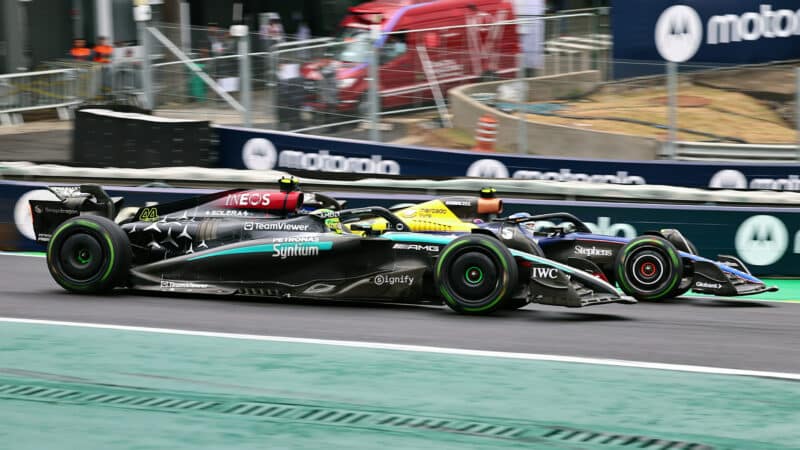
Despite his lack of circuit knowledge, Colapinto was able to take the fight to Hamilton and others in Sao Paulo — before ultimately crashing out
Grand Prix Photo
Lewis Hamilton referenced how that made life even tougher for the Argentine rookie, and it turns out he’s had to take some pretty creative measures to try and get up to speed at certain new venues.
